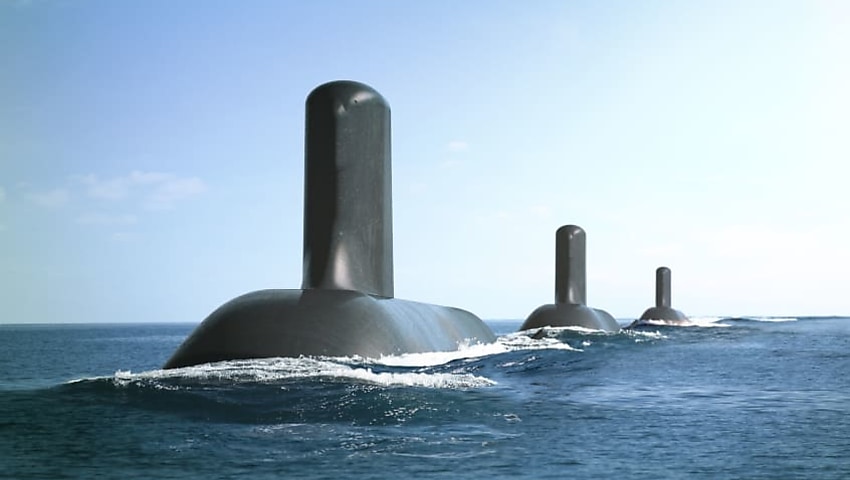Naval Group’s recently released Australian Industry Plan gave the strongest indication yet that Australia’s Future Submarines will be powered by lithium-ion batteries. One senator has argued such a decision could allow Defence to act as a catalyst for lucrative commercial opportunities.
Australia has historically mined minerals and shipped them offshore to subsequently be turned into product for importing back here as much more expensive product. In doing so it has sold itself out and distorted our balance of trade.
With large lithium reserves that have captured 60 per cent of a world market hungry for lithium batteries, Australia has a chance to change its mining modus operandi to great national benefit. With a plan and national will, Australia could become an international lithium battery power house.
Lithium is the third lightest element and is the metal with the highest energy density by weight. It’s no surprise then that lithium batteries have found application in consumer electronics, power tools, robots, drones, electric vehicle and home power banks. They’re everywhere!
There are five stages of processing in the production of lithium batteries; mining and concentrating (world market total in 2025 is projected to be US$12 billion), refining and processing (US$41 billion), electro chemical processing (US$297 billion), cell production (US$424 billion) and battery assembly (US$1.3 trillion). We don’t want to just dig and export, that’s not where the money, or jobs, lie.
A whole of government approach to the industry could see us engaging in all five stages with significant benefits to the Australian economy. Mining and concentrating is in hand. We are currently transitioning into second stage ‘refine and process’ through Tianqi’s recent investment at Kwinana in WA. In relation to the latter stages of processing, Australia has many of the reagents and input materials for the second and third processing stages and, finally, there are already early stage proposals to develop cell production facilities in Townsville and Darwin.
So, I was energised to see in Naval Group’s Australian Industry Plan for the $50 billion future submarine, tabled by government against its will in the final moments of the last Senate sitting week, making mention of French intentions to establish a Lithium Ion Battery Centre-of-Excellence/Innovation Cluster.
Could Defence lead the charge in a future Australian lithium industry by encouraging companies like Adelaide’s PMB Defence to produce batteries for the 12 future submarines? Could the program provide the catalyst for other commercial opportunities, including for an SA version of ‘Tesla batteries’ for the many renewable energy projects in Australia that will require battery storage to meet the dispatchability requirements of the National Energy Guarantee (NEG)?
I think so.
So watch out for me this coming fortnight. I’ll be like the energiser bunny as I ask various departments and agencies whether they have a national plan, and if they don’t, why not?









